Ever since the beginning of history, fashion and style in different societies have always served as an embodiment of its people’s values, lifestyle, and even rank in society.
In the West, the color purple was seen as a symbol of royalty — so much so that Queen Elizabeth I banned the common people from clothes of that color. This may seem ridiculous today, but during that time, purple dye was extremely rare and difficult to produce. On the other side of the world, in Japan’s Heian era, long and thick hair was the sign of nobility. Again, this seems questionable today, but back then, it took a lot of time and resources to let one’s hair grow long and healthy. Very much different from the circumstances now where we can just buy quality hair products everywhere, no?
Hence, from clothing to hairstyles, it is evident that fashion is a representation of culture. And there is certainly no lack of different fashion subcultures among the youth of Japan. Of course, these subcultures develop about the historical events and societal changes prevalent during their time.
Today, we will be discussing three subcultures from Shibuya and how they came about — the gyaru, the decora girl, and most recent of all, the genderless danshi.
The Rise of Fashion Subcultures in Japan
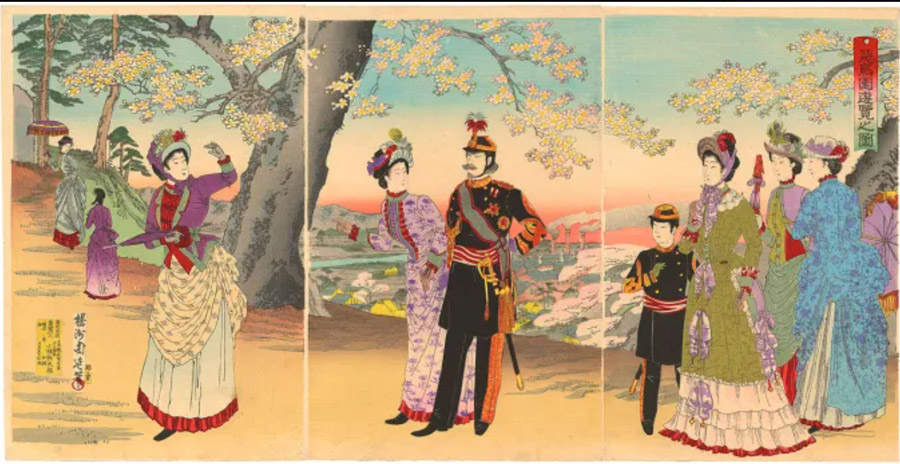
The Meiji Era saw the opening of Japan to foreign visitors after 265 years of isolation from the world. Thus, it was an era of rapid change and development, especially as Westerners flocked to the archipelago. The government pushed for globalization within the country, and this of course included the adaptation of Western fashion. Compared to the traditional kimono, pants and shirts were embraced as the more practical option for daily wear.
With a relatively stable economy, the Japanese were able to spend a lot of their money on imported luxury goods. They viewed Western luxury brands as a symbol of status and wealth. Great demand enticed big companies abroad to cater to Japan, eventually leading to the establishment of the salaryman culture. (Here is a snippet of how this salaryman culture exists and prevails in Japan.)
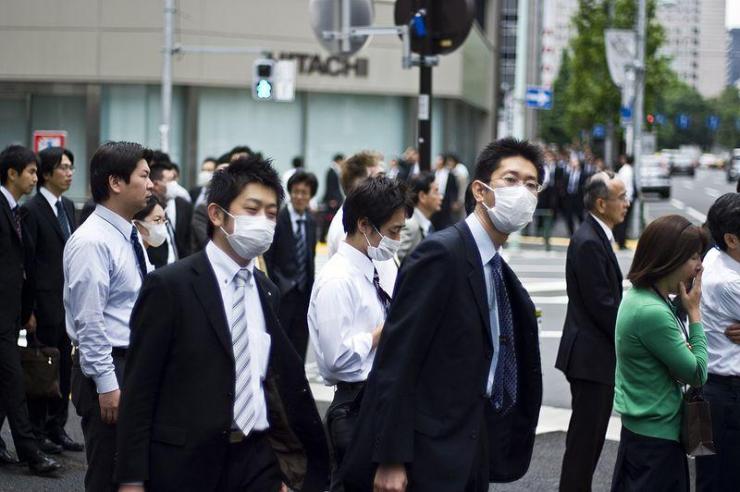
The salaryman culture was the image of a dream life. The man of the household would spend long hours at work for a huge paycheck, while the woman would stay at home and manage the household. However, this kind of living did not last long. When the economy failed in the 1980s, so too did the salaryman dream. As a consequence, men’s suicide rates increased as they became depressed over their incapability to provide for their families. More and more, the younger generation became discontented as their future remained bleak, yet they were still forced to learn the ways of the old system which had already failed.
Thus began the rise of Japanese subcultures, particularly within Shibuya, where social deviants flocked.
The Gyaru
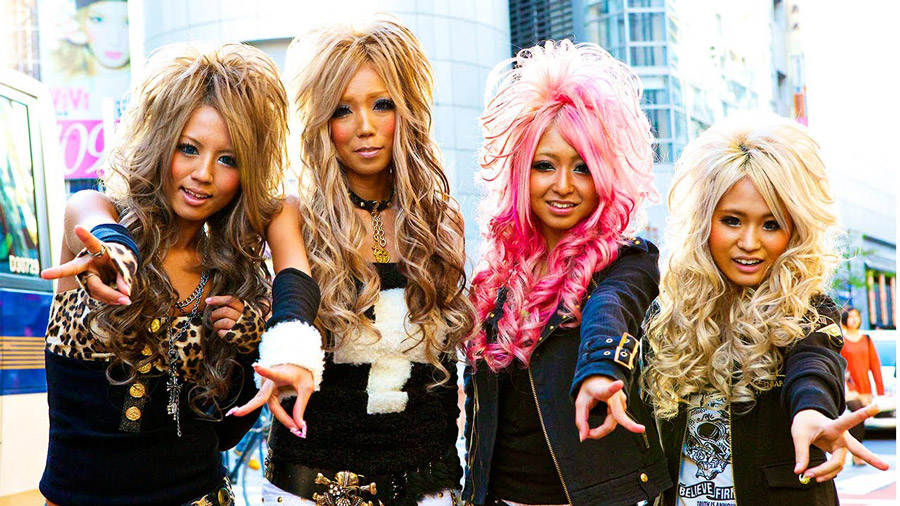
“Gyaru” — sounds familiar? Recently, the gyaru peace sign has been the trend on social media, especially on TikTok. Renditions of the original Japanese song were adapted to different countries’ languages — the most well-known version being the Korean one. However, this gyaru culture is more than just the song and the upside-down peace sign.
In Japanese language, the word gyaru (ギャル) actually means “girl” or a slang term for “gal”. As the subculture in Japan, though, the style is identified by bleached hair, tanned skin, heavy makeup, and short skirts. This influential fashion also has its substyles, from classy to wild and even to princess-like.
Historically, this fashion subculture emerged in the 1970s and became popular later on as a form of rebellion against the traditional standards of beauty and society. When women were expected to be housewives, they became gyaru instead. Gyaru were known to be provocative, flirtatious, and free-spirited. They dressed however they wanted whenever they wanted.
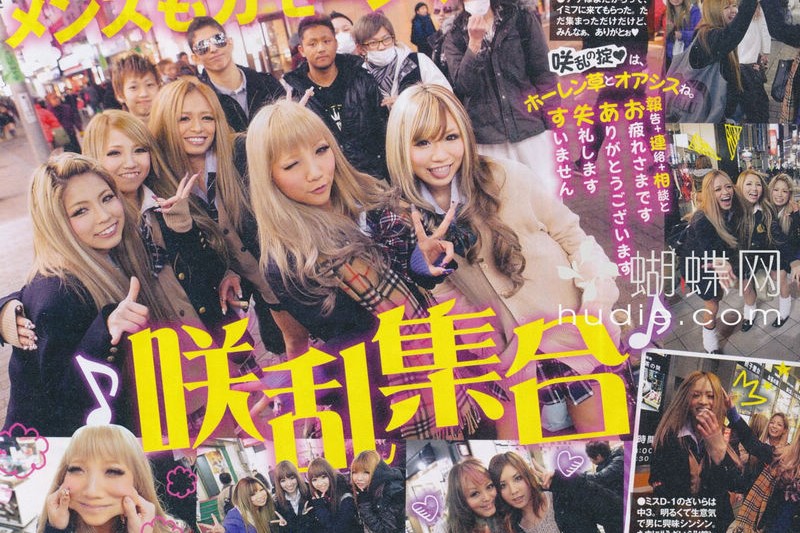
As frowned upon as they were by the older generations, the gyaru subculture actually grew to become an economic force within the country. They were their own designers and sales reps, with so much influence that their styles were being exported to their neighboring countries. They promoted cheap yet unique clothing — so popular that the Shibuya 109 store was able to become an 8-story shopping center with clothes dedicated to this style.
However, surprisingly, gyaru retirees continue to lead normal lives — often going to work or continuing their studies. In fact, the rate of marriage and childbirth for gyaru is higher than the average of Japan. This may tell us that while the gyaru are trying to rebel, they too dream of a normal life — perhaps the dream of the salaryman. However, with the collapse of the economy, they had to find a way to redefine themselves, a way which did not involve the unattainable luxuries to which they had become accustomed.
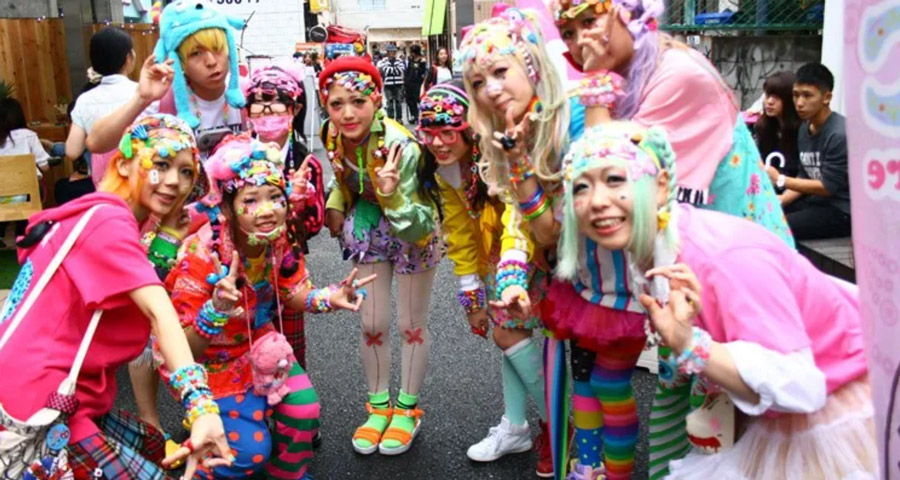
Only a kilometer away from Shibuya and the gyaru, the lolita subculture was also rising in the Harajuku district of Japan. A counter to the prevalent mature and provocative gyaru style, the lolita style was a modest, cute take on Victorian fashion.
The decora girl style is the fusion of these two distinct styles — unique and cute. The defining characteristic of the decora girl style is the huge number of plastic accessories that they choose to wear. The philosophy? There is no such thing as too many accessories. From hair clips to bangles, these cheap and colorful accessories are slapped on as many body parts as possible.
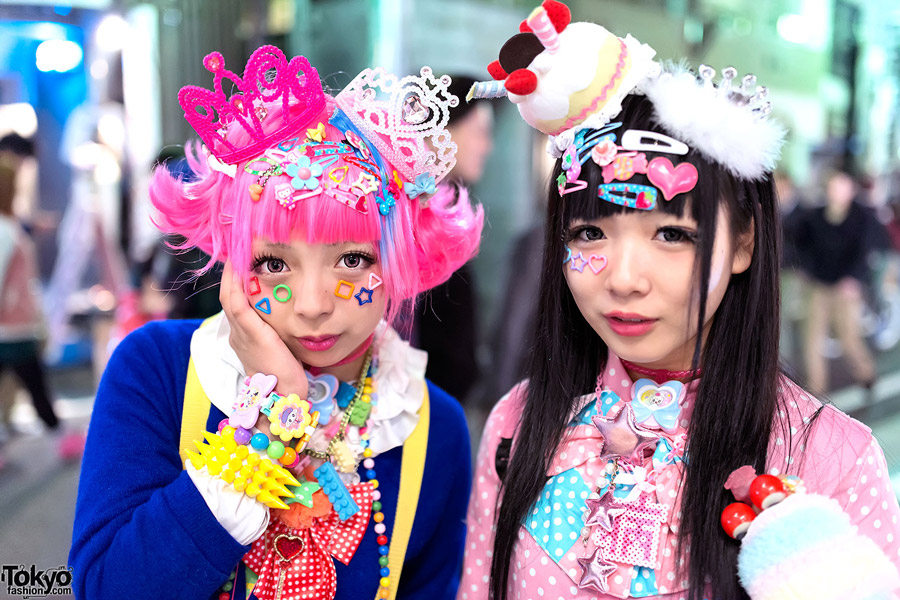
This style makes its followers appear exceedingly young. A college student who is 22 years old and wears this style can even look as young as 13 years old. This is also a response to the economic failure that the country was facing. Since circumstances were increasingly difficult and becoming an adult was too hard, decora girls tried to channel their younger selves. While the gyaru rebelled and did things that society deemed problematic, the decora girls simply placed themselves in a time when things were easier.
Both birthed by the country’s economic failure and the growing discontent of the youth, the gyaru and decora girl style have now grown to become solid communities of like-minded people. Thus, while the younger generation today do not face the same troubles that the youth of the 1980s did, they are still attracted to these styles because of the community that has been long established.
The Danshi
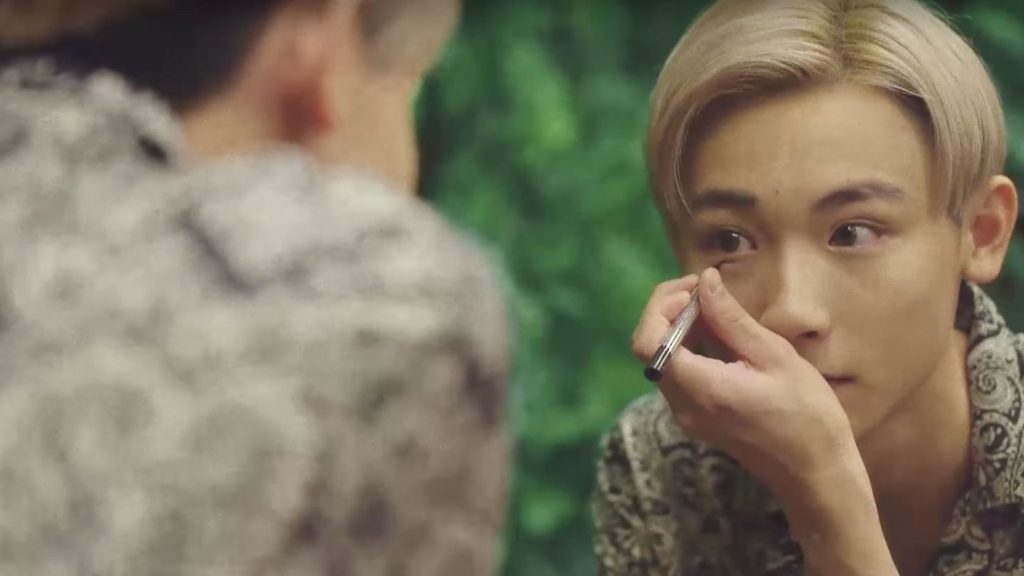
Today’s youth is living in a completely different society from the 1980s. With the already large yet ever-growing presence of social media in the lives of teenagers, they commonly face the internal conflict of insecurities and lack of confidence. This, along with the Japanese’ more relaxed perception of fashion, have led to the emergence of the danshi style amongst men.
Defined as a genderless style, danshi are males that present themselves in an androgynous way. These men are not averse to the idea of wearing makeup or dressing up, unlike many of their counterparts in the West. This style has been growing more popular in recent times, especially with the rise of K-pop and boy band members who seemingly follow the danshi style.
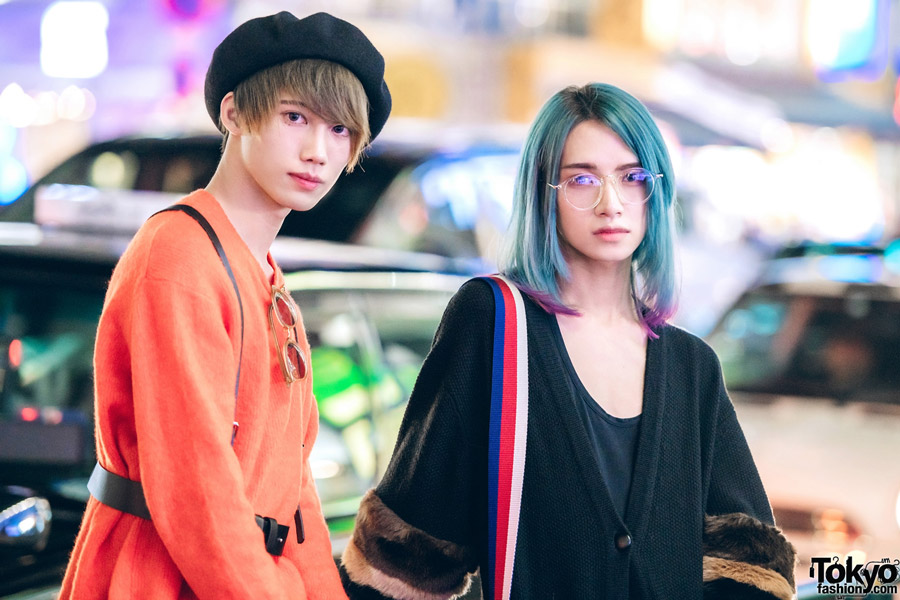
Toman, a J-pop boy band member and danshi, says that the reason he became interested in the style was his insecurities. He expressed that he used to be really insecure about his body, and using makeup made him feel better about himself. This emphasized the reality of how the danshi subculture grew as a way to depart from traditional gender roles and beauty standards.
And that concludes our discussion of Shibuya’s subcultures. From gyaru to decora and danshi, Japan’s culture evidently shows how it can evolve in modern times. Similarly, there are also ideas from the past incorporated in today’s ways of living. After all, fashion styles, whether they are of the present or the past, are various ways one may express themselves. Thus, these subcultures are not only mere forms of style; they are a representation of society and history as it was once experienced.















































